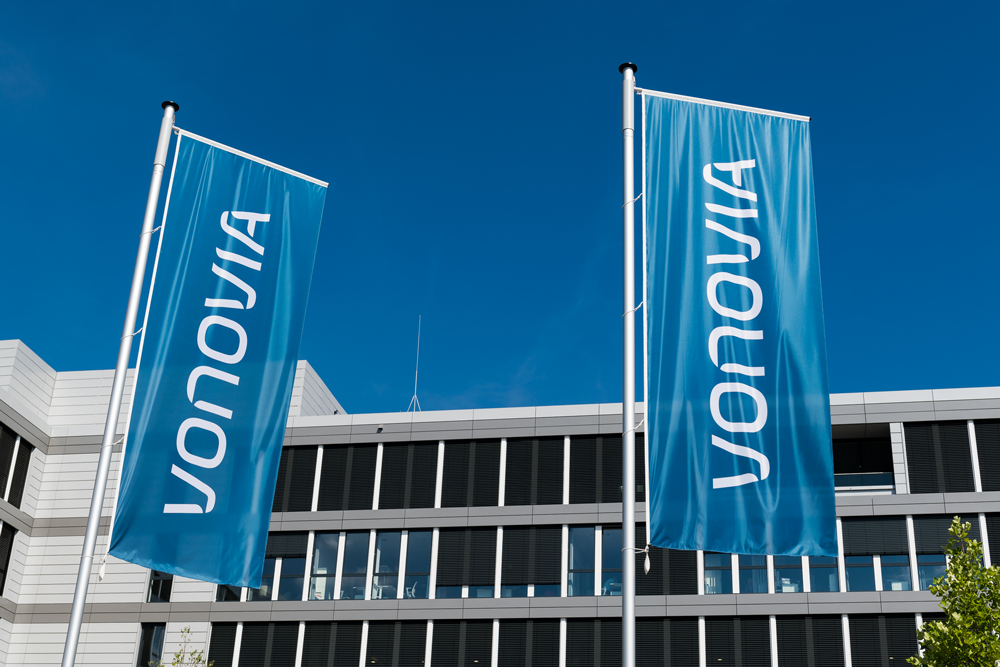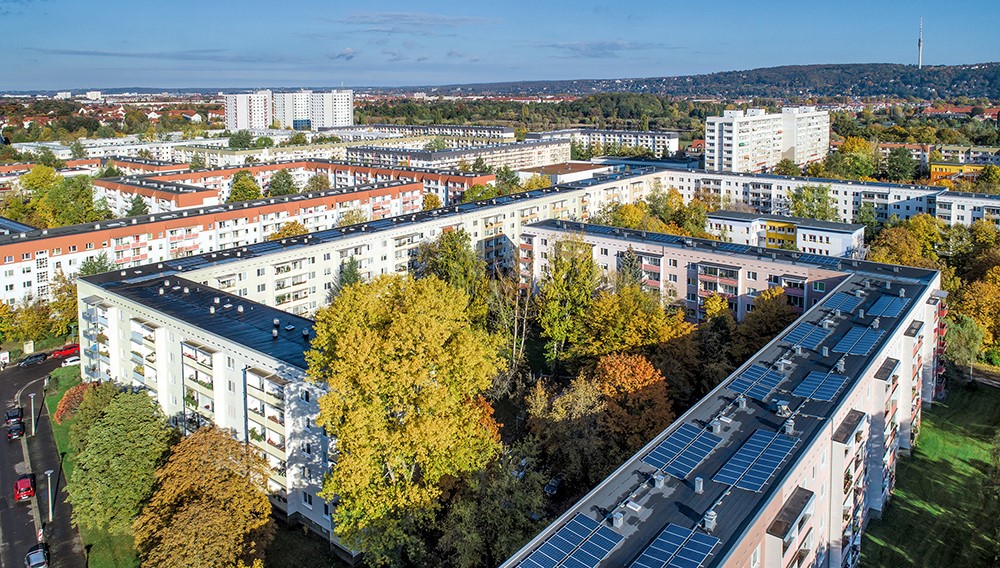Overall Assessment of the Risk Situation
A total of 108 (2020: 106) individual risks were identified for Vonovia, including Deutsche Wohnen, in the second half of 2021.
An initial review of the risks associated with the Deutsche Wohnen Group in the fourth quarter of 2021 confirmed that the risks arising from the operating business activities pursued by Deutsche Wohnen and Vonovia are fundamentally similar and that this does not give rise to any significant changes in the overall assessment of Vonovia’s risk situation. Vonovia’s valuation methodology was applied to the Deutsche Wohnen risks. Additional green risks arise, in particular, from the new Care segment (one green risk with an amount of loss of € 5–25 million and a probability of occurrence of 5–39%), from the investment in QUARTERBACK Immobilien AG, which is responsible for large parts of Deutsche Wohnen’s project development business (one green risk with an amount of loss of € 25–100 million and a probability of occurrence of 5–39%) as well as from the operating business (two green risks, each with an amount of loss of € 5–25 million and a probability of occurrence of 60–95%). The resulting opportunities and risks will be examined in detail in 2022 as part of the integration process and will be applied to Vonovia’s risk management system.
All in all, and based on the current assessment, there were no signs of any risks resulting from the acquisition of Deutsche Wohnen threatening or endangering Vonovia or its survival at the end of 2021. At the time this report was prepared, Vonovia’s Management Board had not identified any risks associated with future business development that the company cannot suitably overcome, or which could jeopardize the position of Vonovia SE, a major company included in the scope of consolidation or the Group as a whole in terms of revenue, assets and/or finances.
In the interest of the company’s key stakeholders – customers, employees, suppliers, investors and society – Vonovia pursues a conservative strategy that focuses on security and sustainability. In addition, both the business model and the diversified capital market instruments used by Vonovia ensure that we have the greatest possible degree of independence from economic fluctuations.
Six (2020: six) amber risks that are significant to the company and 102 (2020: 100) other green risks were identified. Specifically, the picture that emerges for each risk category is as follows (prior-year figures in brackets):
As against 2020, the number of amber risks remained at six. The risk recognized in 2020 of a “long-term lockdown imposed in response to the pandemic” and of the “nationwide introduction of a ‘rent freeze’” were considered obsolete. New risks that arose in 2021 were associated with “amendments to the German Real Estate Transfer Tax Act (Grunderwerbsteuergesetz) due to share deals” and “unfavorable interest rate developments.”
At the end of 2021 (previous years in parentheses), the net risks identified can be summarized as follows:
Net risks
In the 2021 fiscal year, we were once again exposed to the coronavirus pandemic, a situation that we were able to address without any significant impact on our corporate objectives. Due to our experience, gleaned in 2020, of how to handle the pandemic on a day-to-day basis and thanks to a large proportion of our employees being able to work from home, we were able to continue operating throughout 2021. We were also able to provide our craftsmen’s, service and construction services on location without encountering any significant restrictions. Thanks to the responsible conduct shown by our employees, there have been no significant restrictions on our operations overall.
Based on our current assessment of the situation, we consider the prospect of a long-term lockdown imposed due to the coronavirus pandemic, which was previously included with a potential impact of > € 500 million and a probability of occurrence of <5%, to be extremely unlikely. As a result, the corresponding amber risk no longer applies. We believe that the green risk of another short-term lockdown is possible and expect this risk to involve a low amount of loss.
Based on our current assessment of the situation, we no longer believe that there is a risk of the nationwide introduction of a rent freeze.
A new amber risk that is classified as very unlikely, with a <5% probability of occurrence, is the risk with an impact on profit and loss associated with “amendments to the German Real Estate Transfer Tax Act due to share deals”. The amendments to the German Real Estate Transfer Tax Act that came into force on July 1, 2021, lowering the participation threshold from 95% to 90% and increasing the observation period from 5 to 10 years, could give rise to a subsequent liability to pay real estate transfer tax. The expected loss amount is currently estimated at >€ 500 million.
The risk associated with “unfavorable interest rate developments” which was previously recognized as a green risk with an impact on profit and loss, is now recognized as an amber risk due to the potential probability of occurrence being increased from <5% to 5–39%. The expected loss amount is currently estimated at € 100–250 million.
For the amber risk with an impact on profit and loss associated with a “deteriorating residential property market situation with regard to apartment sales / buyer behavior,” the assessment of the expected amount of loss remains unchanged year-on-year at € 100–250 million, and the evaluation of the probability of occurrence is also unchanged at 5–39%.
The assessment of the amber risk with an impact on profit and loss associated with a “failure to fulfill obligations (from bonds, secured loans, transactions)” remains unchanged in a year-on-year comparison with a probability of occurrence of <5% and an expected loss amount of >€ 500 million.
The assessment of the loss amount for the amber risk with an impact on profit and loss associated with an “adverse structure of CO₂ tax” is unchanged at € 25-100 million, with the expected probability of occurrence 60-95%.
The amount of loss expected in connection with the amber risk with an impact on profit and loss associated with “unfavorable exchange rate developments,” which relates to our business activities in Sweden, remains unchanged at € 25–100 million, with a probability of occurrence of 40–59%.
The following overview of the remaining green risks presents the four main risk categories of the company in detail. Individual risks are shown as examples for each category:



